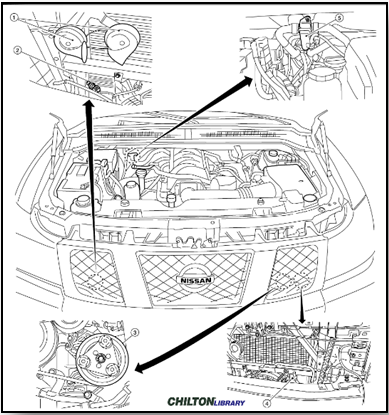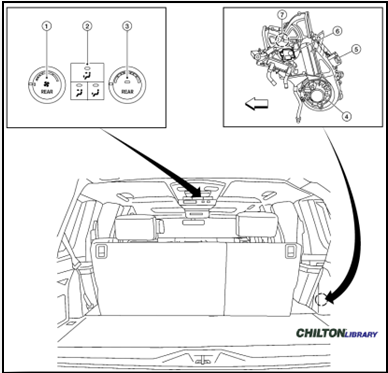| By Chilton Staff |
For many people, a vehicle is essential; it enables them to get to work or school as well as to fun activities. But vehicle shortages have led to rising prices for both new and used vehicles.
What’s causing the price rise? There are a number of factors. Initially, shortages of parts during the pandemic, such as semiconductor chips, and lower demand led manufacturers to reduce production. Many models were eliminated altogether, including a number of subcompacts, which are lower priced. Instead, manufacturers allocated scarce components to more-profitable, higher-priced vehicles. This trend continues, with manufacturers building fewer less-expensive vehicles and more luxury models in order to generate higher profits overall. In a meeting with investors, Ford Motor Company CEO Jim Farley explained that keeping inventory low is “a better way to run our business.”1
Amidst rising prices and the demise of models like the Chevy Spark and Honda Fit, Nissan now sells the lowest-priced vehicle in the United States ― the Versa.2 Buyers have taken note: sales of the lower-priced Nissan Versa, Armada, and Sentra were up more than 100 percent year over year for the second quarter.3
Nissan launched in the United States in 1958 under the name Datsun. After achieving success, Nissan launched Infiniti, its luxury brand. As of 2023, nearly 40 million Nissan vehicles have been sold in the United States.
ChiltonLibrary recently updated its coverage of Nissan and Infiniti models with manufacturer service manual information through 2023. This extensive wraparound coverage includes body repair and service information, from taillights to headlights and from roof to floor pan. It’s essential data for the millions of Nissan and Infiniti owners involved in caring for their car or truck.
Stay cool this summer with ChiltonLibrary’s coverage of Nissan and Infiniti models’
air-conditioning (AC) systems. The illustration shows AC components in the engine
compartment for the 2015 Nissan Armada: horn―view with grille removed (1), refrigerant
pressure sensor (2), AC compressor (3), ambient sensor― view with grille removed
(4), and water valve (5).
2015 Nissan Armada passenger compartment AC component locations: AC auto amplifier.
(1), in-vehicle sensor (2), intake sensor (3), intake door motor (4), front variable blower
control (5), and passenger air mix door motor (6), front mode door motor (7), defroster door
motor (8), driver’s side air mix motor (9), and optical sensor (10).
2015 Nissan Armada rear passenger compartment AC component locations: Rear blower
control (1), rear mode switch (2), rear temperature control (3), rear blower motor (4), rear
variable blower control (5), rear air mix door motor (6), rear mode door motor (7).
Got a car question? Request a free trial or connect with your library consultant to subscribe to America’s automotive database, ChiltonLibrary.
1. Wayland, Michael, “From SPACs to Chips: Five Ways 2021 May Have Forever Changed the Auto Industry,” CNBC, December 31, 2021.
2. Tucker, Sean, “This Is Now the Cheapest New Car in America, and One of a Vanishing Species,” MarketWatch, November 22, 2022.
3. Nissan Motor Corporation, “Nissan Group Reports 2023 Second Quarter U.S. Sales,” July 3, 2023.




